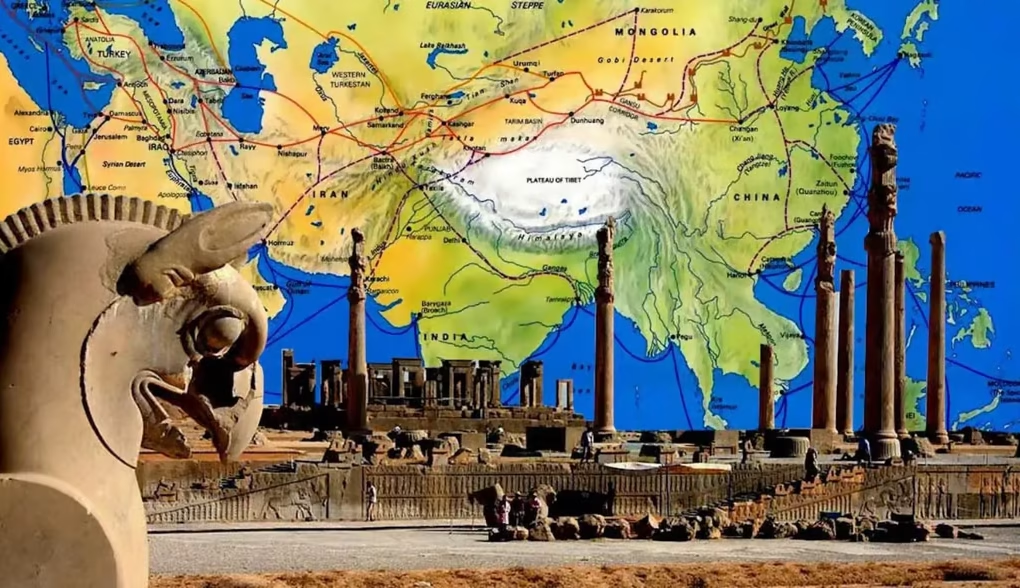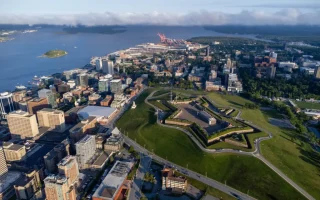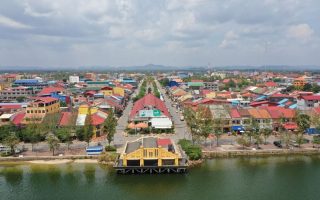lettersforvivian.org – The Silk Road, a vast network of ancient trade routes, is one of the most significant chapters in world history. It not only facilitated the exchange of goods, but also ideas, cultures, and religions across continents. Central to this historic route was Iran, which played a crucial role as a conduit between the East and West. From ancient times to the Safavid era, Iran’s strategic position as a bridge connecting the Asian and European continents made it a focal point for commerce, culture, and diplomacy.
The Birth of the Silk Road
The term “Silk Road” was coined in the 19th century by the German geographer Ferdinand von Richthofen, but the trade network had existed for centuries, dating back to the Han Dynasty in China (206 BCE – 220 CE). The Silk Road was not a single road but rather a collection of overland and maritime trade routes connecting China with India, Central Asia, Persia, and beyond to Europe and North Africa. These routes allowed the transport of goods such as silk, spices, precious metals, ceramics, and textiles, as well as the exchange of knowledge, philosophies, and religious beliefs.
Iran’s geographic location made it a key player in the functioning of the Silk Road, serving as both a central passage for goods and a cultural melting pot where traders and travelers from different civilizations interacted.
Iran’s Strategic Role on the Silk Road
From the Parthian Empire (247 BCE–224 CE) to the Sassanid Empire (224–651 CE), Iran’s strategic location made it the heart of the Silk Road’s central route. Iran connected the East (China and India) with the West (Europe and the Mediterranean), and it was a vital intermediary for goods and cultural exchange.
- The Parthian Empire: The Parthians, who controlled a large part of Iran from the 3rd century BCE, were instrumental in maintaining the trade routes that passed through their territory. The Parthian capital of Ctesiphon, located near modern-day Baghdad, was a significant commercial hub where goods from the East and West were exchanged. The Parthians also facilitated the flow of silk from China, which was highly prized in the Roman Empire.
- The Sassanid Empire: The Sassanids, who succeeded the Parthians, further developed Iran’s role as the center of the Silk Road. Ctesiphon continued to thrive as the Sassanid capital, and other cities like Persian Ctesiphon, Ray, and Isfahan became key urban centers along the route. The Sassanids built an extensive network of roads and caravanserais (rest stops for merchants and travelers), ensuring the safe passage of goods across the empire.
Iranian merchants facilitated trade not only between the East and West but also with the Byzantine Empire, India, and China. Persian merchants were well known for trading a wide range of goods, including silk, textiles, glass, metalwork, and spices.
The Role of Persian Culture and Innovation
Beyond trade in material goods, Iran’s position along the Silk Road enabled the exchange of cultural and intellectual ideas. Persian culture flourished as a result of this cultural intermingling, contributing to both the Eastern and Western worlds.
- Persian Influence on Art and Architecture: Iranian artisans were highly skilled in creating intricate metalwork, glassware, pottery, and textiles. These goods found their way to distant lands, influencing art and craftsmanship in places as far as Rome, Byzantium, and China. Persian architecture also left a lasting legacy, inspiring styles across the Silk Road.
- Spread of Religion and Philosophy: Iran was a major conduit for the spread of religious and philosophical ideas. The Zoroastrian faith, which was the state religion of the Sassanid Empire, played an important role in the region’s cultural and religious exchanges. Additionally, the Persian Empire became a key transit point for the spread of Buddhism, Christianity, and Islam. The Sassanids hosted both Buddhist and Christian merchants and missionaries traveling along the Silk Road, fostering religious diversity.
- Scientific and Technological Exchange: Iranian scholars played a significant role in the transfer of scientific knowledge along the Silk Road. During the Islamic Golden Age, scholars in Persia translated works from Greek, Indian, and Chinese sources, preserving and expanding upon the knowledge of the ancient world. Persian physicians, astronomers, and mathematicians made groundbreaking advancements that were later passed on to Europe and Asia.
The Decline of the Silk Road and Iran’s Role
With the arrival of the Mongols in the 13th century, much of the Silk Road was disrupted. However, under the rule of the Mongols, particularly Kublai Khan, the Silk Road saw a revival, and Iran’s role as a vital trade route continued. The Mongol Empire, which stretched across much of Central Asia and Iran, promoted trade and communication between the East and West, despite the occasional disruptions caused by political instability.
In the Safavid era (1501–1736), Iran regained prominence as a vital cultural and commercial hub. However, as sea routes began to take precedence over land-based trade in the Age of Exploration (16th–17th centuries), the importance of the overland Silk Road gradually diminished. Portuguese, Dutch, and English maritime powers established new sea-based trade routes to the East, diverting much of the lucrative trade away from the land routes that had previously passed through Iran.
Iran’s Legacy as a Silk Road Hub
While the Silk Road has faded into history, Iran’s central role in this network of trade and culture remains a defining aspect of its heritage. The cities and caravanserais that dotted the Silk Road in Iran — from Tehran to Kerman to Mashhad — still carry echoes of the bustling trade that once passed through them. These regions were not just commercial centers, but vibrant cultural hubs where Eastern and Western influences intertwined.
- Silk Road Sites in Iran: Today, many historical sites along the old Silk Road routes in Iran are still visible, including the famous Persian caravanserais and Silk Road towns. The cities of Isfahan and Shiraz were among the most important cultural centers of the Safavid era and remain key tourist destinations, reflecting Iran’s rich heritage.
- Modern Trade Routes: While the Silk Road no longer exists in its ancient form, Iran’s strategic position between East Asia, Central Asia, the Middle East, and Europe continues to make it an important regional player in global trade. Iran’s modern trade relationships, particularly through the North-South Transport Corridor and railways, reflect the historical significance of the country as a crossroads of commerce.
Conclusion
Iran’s role in the history of the Silk Road cannot be overstated. The country served as a key player in facilitating the exchange of goods, ideas, and cultures between the East and West. From its strategic position along ancient trade routes to its contributions to art, science, religion, and commerce, Iran’s legacy as a Silk Road hub continues to resonate in its cultural and historical identity. The legacy of the Silk Road is still felt in Iran’s cities, architecture, and traditions, which continue to carry the influence of centuries of cultural and commercial exchange.




